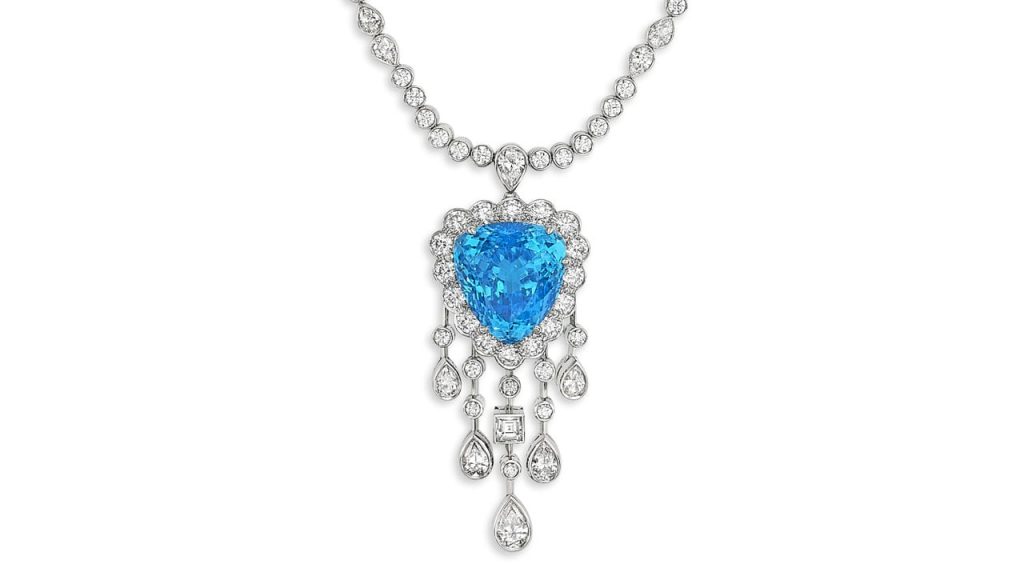The timing of the September Hong Kong Jewellery & Gem Fair was unfortunate, coming amid a wave of anti-government demonstrations in the city. But for many participants, the political tensions were masking the bigger issue: Chinese demand has slowed, compounding the wider problems in the diamond industry.
“The protests are an excuse [for not attending], but really the market is not good,” said the director of a large Indian diamond manufacturer on condition of anonymity.
The trade war, the depreciation of the Chinese yuan currency, and high gold prices have reduced the buying power of companies and consumers in the country, exhibitors noted at the fair, which ended Sunday. Trade customers are mostly unwilling to buy for stock or make advance bulk orders, as they want to keep their inventory down. Some Chinese jewelers believe they can get better deals if they wait for polished prices to fall further.
“Retailers have a lot of polished goods that haven’t been sold,” a Hong Kong-based supplier noted at the show last week. “They were buying at a consistent pace, but the consumption level has gone down. They used to buy bigger parcels for the long term, but now they’re working three months at a time.” That change has occurred since May, he added.
Shift to lower qualities
Consumers are seeking cheaper jewelry items, observed Lawrence Ma, president of the Diamond Federation of Hong Kong, China. “The market has adjusted to a level that represents the [current] supply and demand,” he explained.
On a positive note, growing interest in those lower-priced items — such as 0.30- to 0.50-carat diamonds with SI clarity — could boost the trade as shortages start appearing, he added.
“Commercial goods have become very popular in China,” Ma said. “In the last two to three months, the supply of rough has decreased, which is a healthy sign. We’re already seeing certain sizes and qualities of goods might be in demand. We might find we do not have enough of these goods.”
Lower footfall, slower sales
Sales at the show were focused on commercial goods, with stable demand for 1- to 1.50-carat, G to I, VS2 to SI2 diamonds. The market for 0.30- and 0.40-carat stones was weak, but showed signs of stabilizing. Demand for diamonds weighing 3 carats and higher was sluggish, especially in better colors.
Fewer exhibitors and buyers came because of the protests and the market weakness. Trading and traffic were slow, with suppliers observing a drop in the number of Chinese clients attending. But the event still exceeded many exhibitors’ extremely low expectations, as the buyers who turned up were serious ones.
“The show has been better than expected for us, because we didn’t expect many people to come,” said Chetan Shah of R A Gem Centre, the Hong Kong unit of Indian manufacturer S. Vinodkumar Diamonds. “Whoever [came to our booth] were people who really wanted to buy diamonds. They were looking for goods at an attractive price, and if we have the goods, they will buy.”
Sensing an improvement
While buyers were mainly cautious, a minority of exhibitors said clients were aiming to take advantage of the relatively low polished prices to stock up on merchandise.
“People have come to find cheap goods because prices are down,” said Aashay Bhansali, a trader at Antwerp-based diamond supplier Veera Dimon. “Prices have fallen so much, and they don’t think there will be another price fall.”
Diamantaires expressed some optimism that the upcoming holidays would boost Chinese demand, beginning with Golden Week, which starts October 1. Retailers have slowly been working down their inventories by reducing purchases, and will soon be ready to buy again, another Antwerp-based company executive predicted. Golden Week, Christmas and Chinese New Year all offer opportunities for local diamond sales, he noted.
“They haven’t bought much over the last few months, so I’m sure demand will come back,” he explained. “They can’t keep on like that.”





